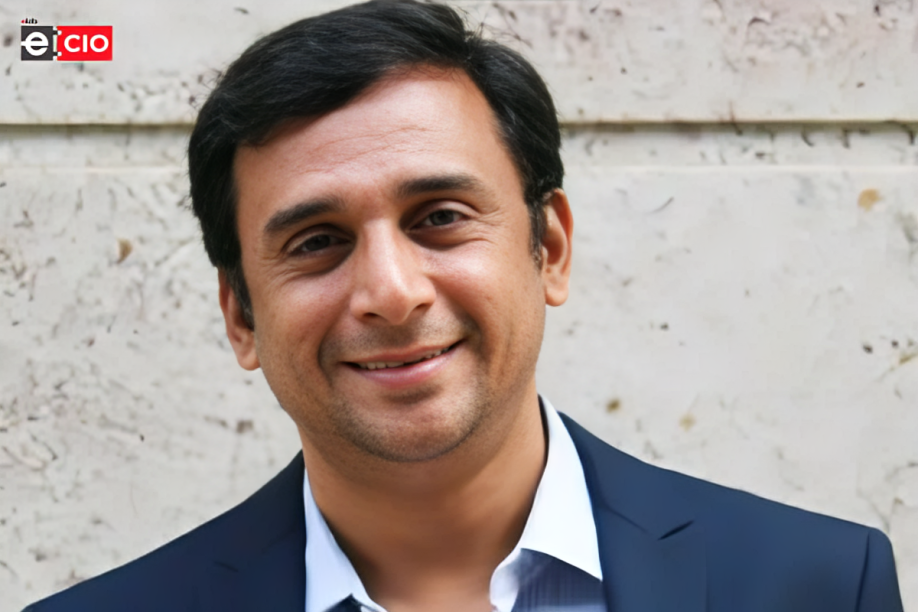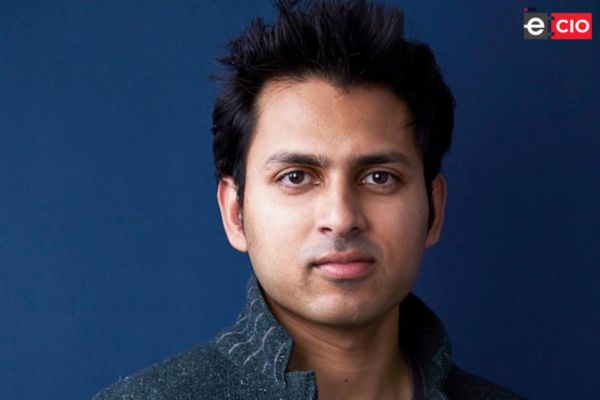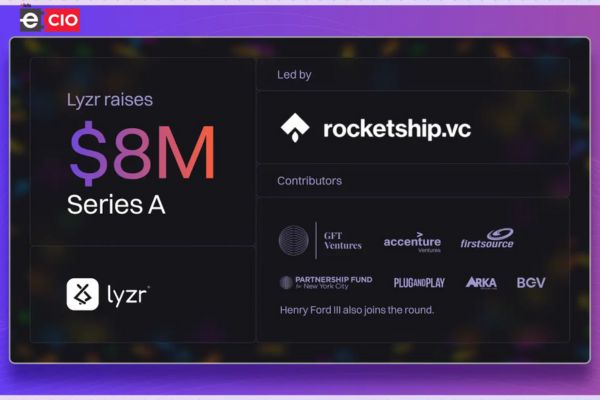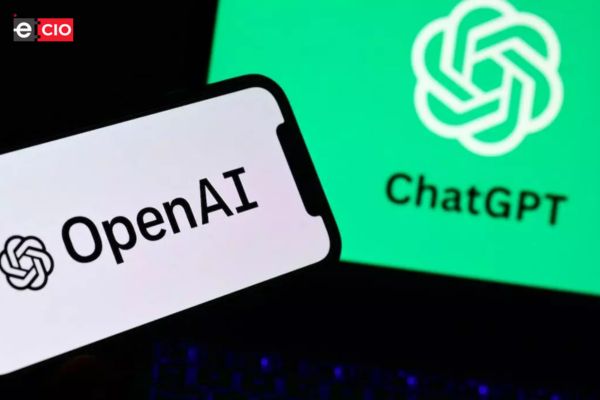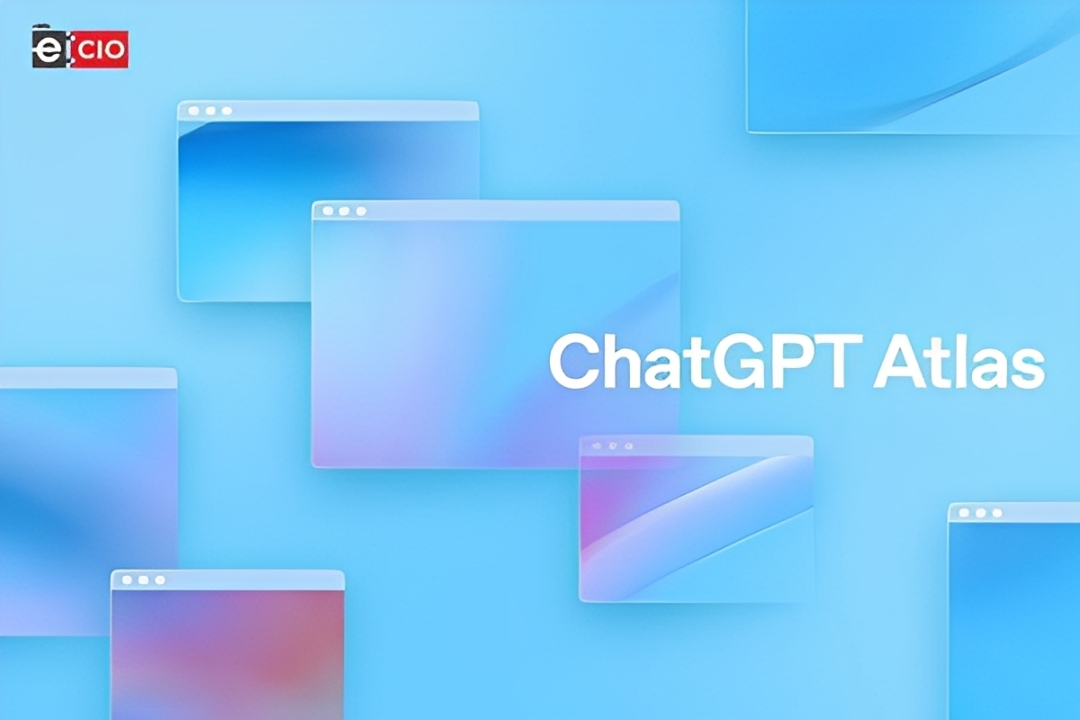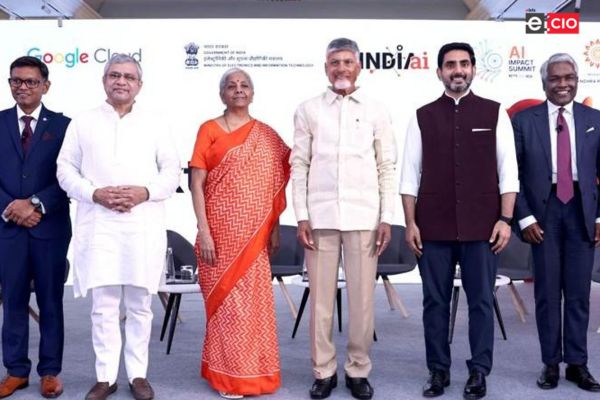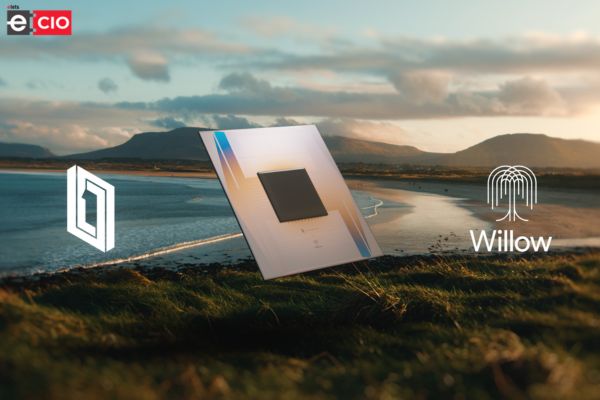
Hartmut Neven, Founder of Google Quantum AI, has announced Willow, the company’s new next-generation quantum chip. Willow makes progress in two key areas of quantum computing. First, it reduces errors as more qubits are added, solving a problem researchers have worked on for almost 30 years. Second, it performed a benchmark task in under five minutes that would take the fastest supercomputers 10 septillion years, a timeframe far beyond the age of the Universe.
“Introducing Willow, our new state-of-the-art quantum computing chip with a breakthrough that can reduce errors exponentially as we scale up using more qubits, cracking a 30-year challenge in the field,” Sundar Pichai, Chief Executive Officer of Alphabet and Google, wrote on X.

Error Correction Breakthrough
Quantum computers face challenges with errors because qubits lose information quickly. It has been a challenge since Peter Shor, an American mathematician and computer scientist known for his work in quantum computing, introduced the concept in 1995. Willow achieves “below threshold” error correction, meaning it reduces errors while adding more qubits. Tests with qubit arrays from 3×3 to 7×7 showed error rates dropping by half at each step.

This makes Willow a strong example of a scalable logical qubit. It also demonstrated real-time error correction and showed that arrays of qubits last longer than individual qubits. These improvements move quantum computing closer to real-world applications.

Benchmarking Performance
Willow has set new benchmarks by achieving real-time error correction on a superconducting quantum system. This was tested using random circuit sampling (RCS), a standard quantum computing benchmark. The results align with the multiverse theory proposed by David Deutsch, a British physicist known as one of the pioneers in the field of quantum computing, suggesting that quantum computations operate across parallel universes, adding theoretical value to the performance outcomes.

The quantum chip also achieved “beyond breakeven” performance, where arrays of qubits lasted longer than individual qubits. It completed a task in five minutes that would take today’s fastest classical supercomputers 10 septillion years. These results confirm that the system improves as more qubits are added.
Also Read :- WhatsApp Bharat Yatra Brings On-Ground Training to Small Businesses Across India
Built inside a State-of-the-Art Facility
Willow was built at Google’s fabrication facility in Santa Barbara. Its fabrication process combined components like qubit gates, resets, and readouts, to ensure overall performance. The chip has 105 qubits and focuses on overall performance rather than just increasing qubit numbers. Its qubit retention time (T1) now approaches 100 microseconds, five times longer than earlier chips.
Next Steps
Google aims to use Willow to demonstrate practical quantum computing. The team plans to work on tasks that are both beyond the reach of classical computers and useful for solving real-world problems.
Open Collaboration
Neven invited engineers, researchers and developers to join this work. Google is offering open-source tools and a Coursera course on quantum error correction to support those interested in learning and contributing to this field.
Future Applications
Quantum computing could help with AI development by improving data processing, optimising models, and solving problems classical computers cannot handle. Possible uses include discovering medicines, designing better batteries, and advancing clean energy solutions.
Be a part of Elets Collaborative Initiatives. Join Us for Upcoming Events and explore business opportunities. Like us on Facebook , connect with us on LinkedIn and follow us on Twitter.
"Exciting news! Elets technomedia is now on WhatsApp Channels Subscribe today by clicking the link and stay updated with the latest insights!" Click here!



